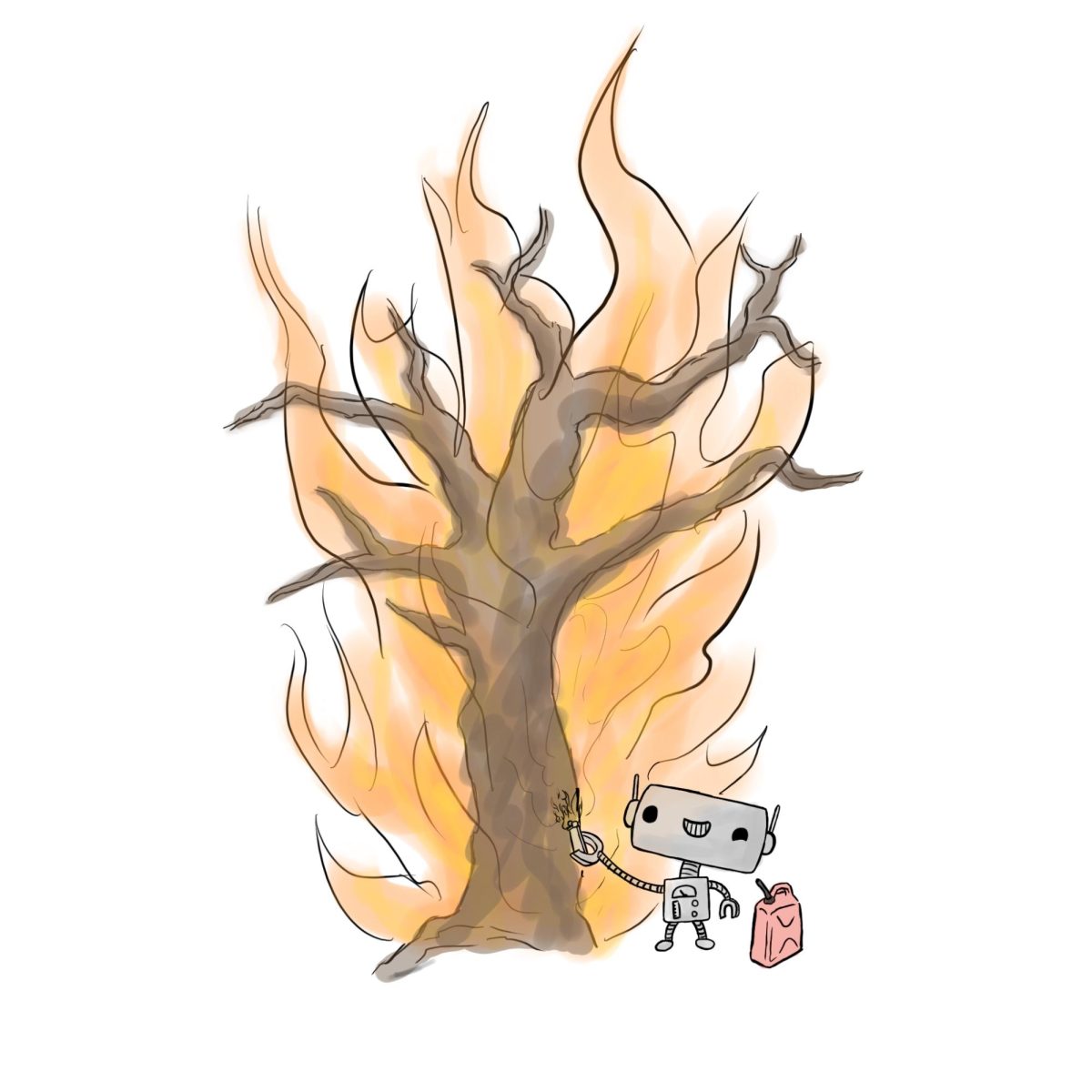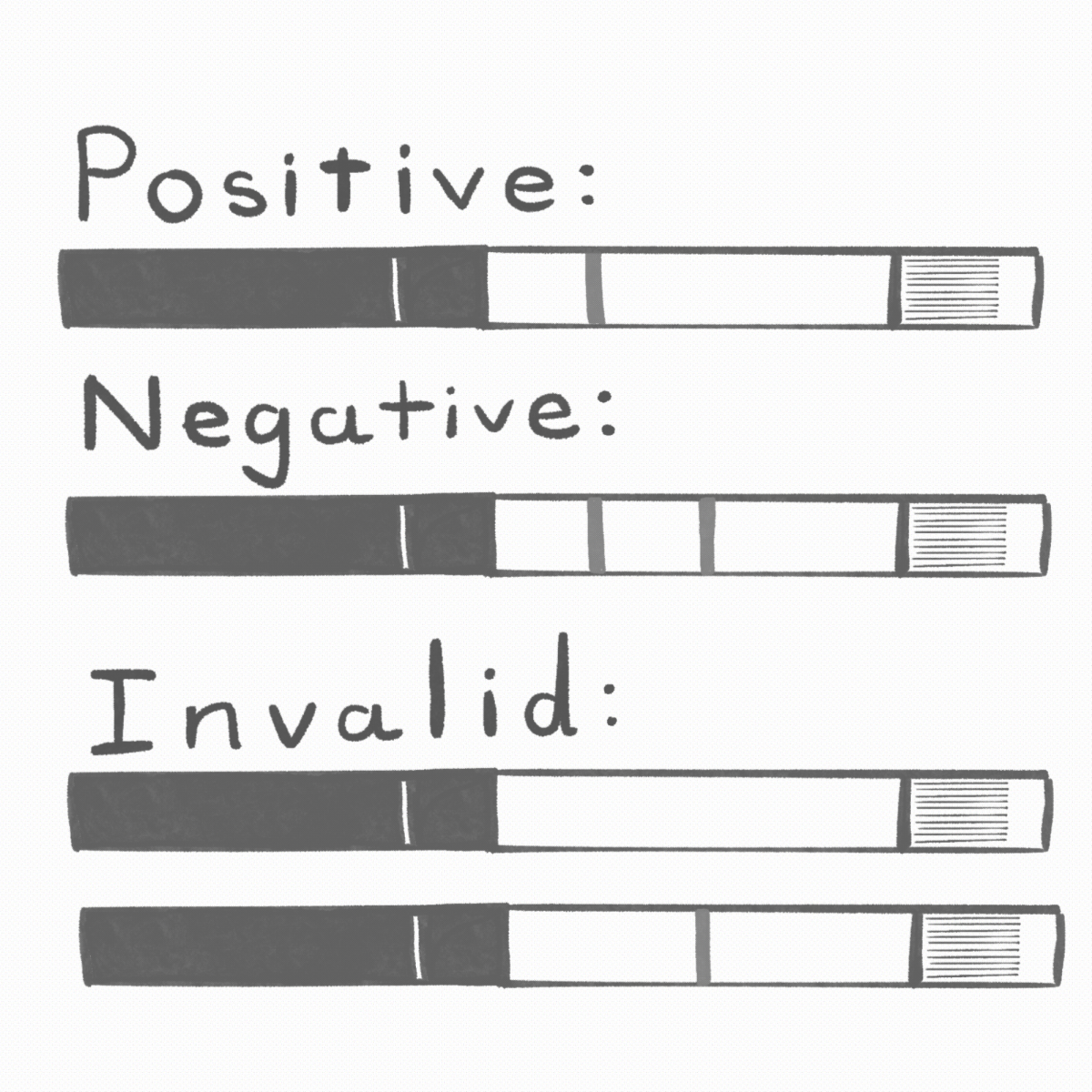Trinity’s history of sustainability has one glaring flaw — it doesn’t truly exist. That is, not in the ways that matter. Tasked with a semester-long project to create an environmental campaign in Dr. Liu’s environmental communication class, we found that college campuses are some of the biggest sources of food waste, and Trinity is no exception. For that reason, we decided to attempt to face this issue head-on through the research of Trinity’s composting history and communication with students and faculty. For the average reader or non-environmentalist, composting is the recycling of organic matter like leaves and food scraps into fertilizer and is an excellent way to tackle food waste.
However, we soon realized that implementation would be no easy task because of the problems of Trinity’s past composting efforts carrying over to the present. With records nowhere to be found, knowledgeable personnel from Trinity’s “sustainability peak” long gone and numerous dead ends with referrals to someone else “more well-versed in the matter,” we have run across the entirety of Trinity’s campus with very little luck in finding concrete answers to our composting questions. What started as a mere class project quickly became so much more.
After consulting numerous sources over the past few months, here is the extent of what we now know: starting in the late 2000s — during Trinity’s Aramark era — we had large-scale composting implemented on campus. Although it did not get rid of the entirety of our campus’s food waste problem, it did make a dent. The scraps involved in food preparation from Mabee Market (peelings, trimmings, cores) were thrown into composting bins called Earth Tubs.
Throughout the span of the Earth Tub project, composting efforts were quite successful. With the extra acreage that was available on upper campus at the time, the contents of the tubs could be combined with other organic materials like landscaping waste. This allowed the compost to further decompose to then be reused as campus-wide fertilizer.
This system went on for 8 to 10 years before a few factors put the project to rest, including the inevitable degradation of the tubs after nearly a decade of use, a change in food providers and COVID. Yet, during its time, Trinity experienced a multitude of benefits, including a decrease in food waste from Mabee, a reduced carbon footprint and an uptick in ecosystem health via nutrient-rich fertilizer.
Throughout the semester, we surveyed both students and faculty to gather their opinions on composting and its reintroduction to Trinity’s campus. The vast majority expressed their support for composting’s return, their answers underscored by an interest and passion in learning more about it. Through a combination of snowball sampling and tabling, we collected 120 responses. Out of the 120 students and faculty responses, 78.33% were interested in learning more about composting and 88.34% said they would be interested in Trinity implementing composting on campus.
Our question is, why hasn’t composting come back? While the aforementioned factors all played a role in Trinity’s composting end, the most prominent issue we identified in our search was the lack of a clear governing body, with neither Trinity nor Chartwells wanting to face the additional labor or costs associated with implementation. But aren’t these small prices to pay in the face of a more sustainable campus?
A university should reflect the interests of its students as well as the current trajectory of society. In terms of climate initiatives, it’s not a matter of if they should be implemented, but when. Over the years, we have seen a growing interest in sustainability efforts and the climate crisis, the results of our survey demonstrating widespread support for composting across campus and environmental consciousness.
With Trinity’s title as a “leading liberal arts college,” there should be a greater focus on improving green initiatives. Looking at the measures taken by other colleges — from LEED-certified buildings to decarbonized energy grids, locally sourced produce and, of course, composting — we need to bolster our campus efforts to stay competitive and mirror the interests of our students and faculty.
Categories:





